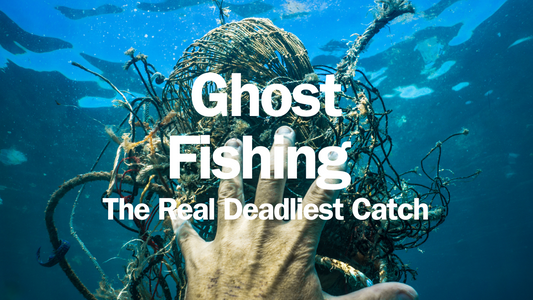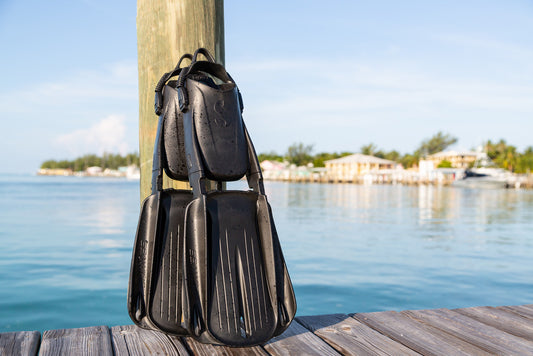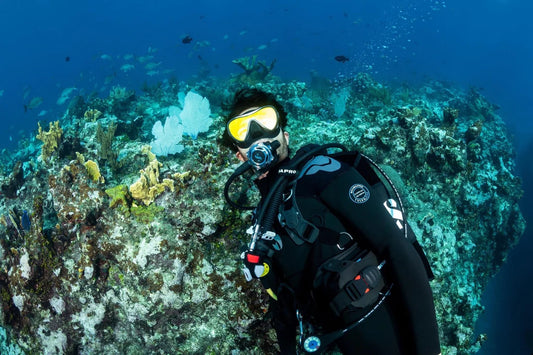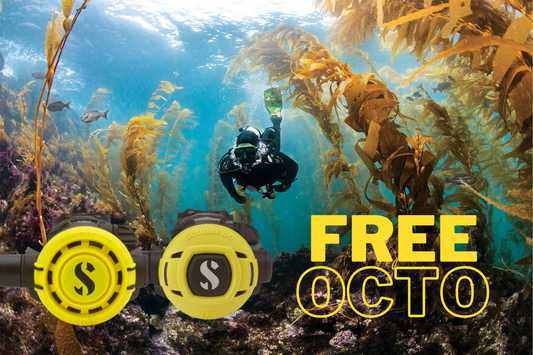
It turns out that it is not the light effect but the inappropriate handling of the seahorses that does the damage. That said, it seems it is now illegal to photograph seahorses in Britain using any form of artificial light. Of course, seahorses are found all over the world and millions are taken every year to satisfy the demands of traditional Chinese medicine.
During my career I photographed animals as disparate as dogs, cats, chameleons, chickens, chicks, ducks, horses and toucans for use in various big advertising campaigns with equal success. This was despite the fact that the amount of energy discharged for each picture was in the order of five hundred times more than from the most powerful underwater photographic strobe unit and made a 'pop' that certainly would make an unsuspecting human bystander jump. That was because in those days we were shooting on big sheet-film cameras that needed a huge amount of light. The fact of the matter is that the reaction times of animals are so much faster than that of man that they are not startled.
When a larger marine animal like a turtle or a shark is embarked on feeding, no photographer is likely to put it off its stride. With smaller animals, it is merely the sheer bulk of the photographer that causes alarm since in the marine world it's normally the small that get preyed on by the larger predator.
That said, the sight of a huge group of underwater photographers surrounding a little hairy frogfish at Lembeh Strait or somewhere equally popular with macro photographers must cause the casual viewer to wonder if, with all the photographers' strobes popping off at frequent intervals, the little animal is not being harmed in some way. It must be so much worse for tiny pygmy seahorses.
Studland Bay in Dorset is a popular destination during the summer months for pleasure craft mainly coming from nearby Poole Harbour. They each drop an anchor, many leak diesel or other hydrocarbons, and often sewage is pumped from their heads. Add to that the run-off of chemical fertilizers (phosphates and potash) from Dorset County's heavily farmed land and we can agree that none of it is very good for the marine life. It's no surprise to hear that the seahorse population in Studland Bay is declining.
The Seahorse Trust lays the blame squarely at the feet of underwater photographers. However, its annual report and recommendations is based on observations and anecdotal evidence. Has the British Seahorse Trust got it wrong regarding the flashes of light from underwater photographers' equipment? It's an emotive subject and the debate continues. What do you think? In the meantime, when it comes to marine life and diving, look but don't touch!
Happy Diving - John Bantin



